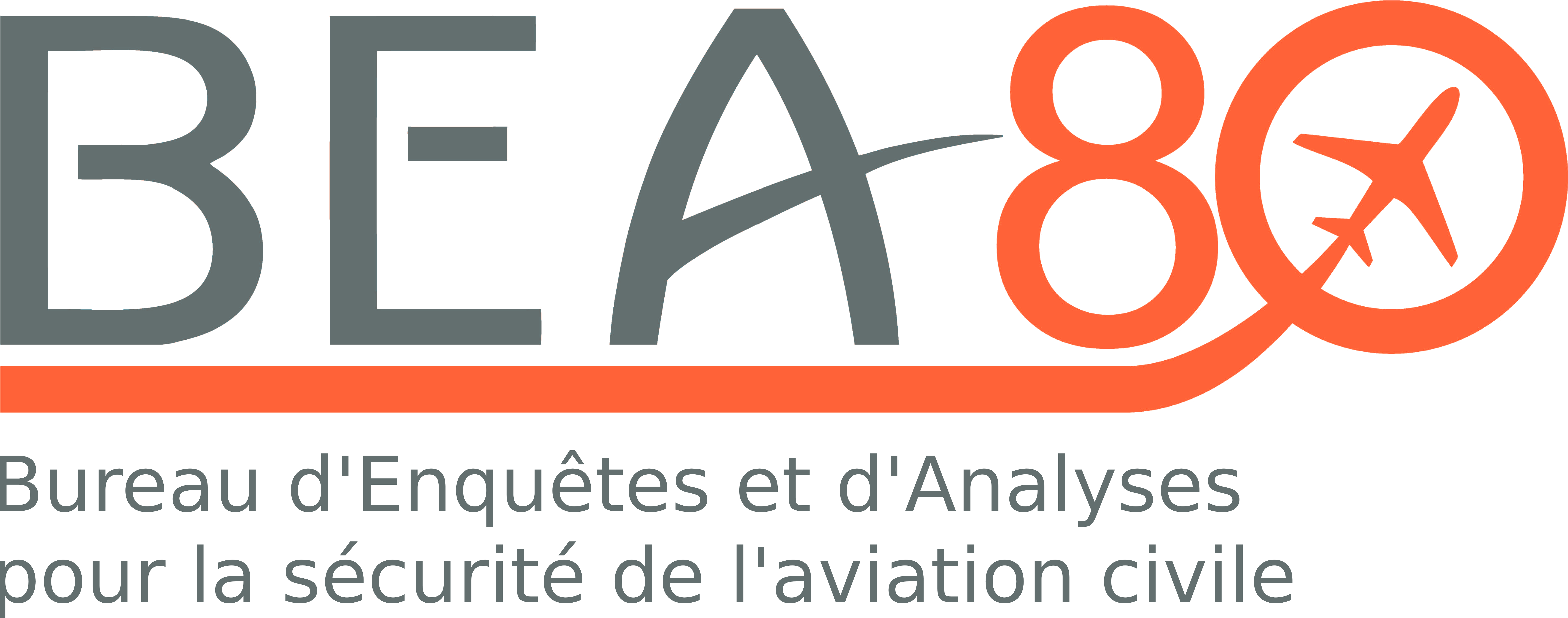Accident to the Guimbal Cabri G2 registered F-HDFV on 24/04/2024 at Herm
Collision with ground during an autorotation, in examination flight
This is a courtesy translation by the BEA of the Final Report on the Safety Investigation. As accurate as the translation may be, the original text in French is the work of reference
Note: the following information is principally based on the examiner’s and student pilot’s statements. This information has not been independently validated by the BEA.
1. History of the flight
The flight was an examination flight to obtain a CPL(H). The flight was initially planned for 13:00 but due to the degraded meteorological conditions, the student pilot and the examiner finally took off at around 16:30 from Dax Seyresse aerodrome (Landes).
After flying two legs during which several exercises were performed, the student pilot and the examiner returned to Dax Herm heliport to carry out autorotation exercises on the paved strip oriented at 240°.
The first exercise consisted of an autorotation in a straight line followed by a go-around. During this exercise, the student flared too early and the examiner informed him of this. During the second exercise, at 300 ft, as the flight path was being flown with precision, the examiner reduced power to idle. Based on his experience and given the comment that he had previously made to the student pilot, the examiner expected the student to flare too late.
However, shortly after the engine had been set to idle and at a height which was still too high, the student pilot initiated a flare by pulling on the cyclic pitch control. The examiner blocked the cyclic pitch control without calling this out. The student pilot insisted and then, to the examiner’s surprise, he pulled on the collective pitch lever with an unusual amplitude and rapidity which resulted in a reduction in the rotor speed.
The examiner called out that he was taking the controls and lowered the collective pitch lever. He continued with the landing, intending to carry out an autorotation at constant speed and to increase the collective pitch of the main rotor to cushion the contact with the ground. At a height of a few metres, he pulled on the collective pitch lever but the rotor speed was not able to sufficiently cushion the contact with the ground. Furthermore, the examiner was not able to effectively counter the crosswind effect and the helicopter sideslipped to the LH side with a bank angle of 3 to 4°. At an estimated height of between 50 cm and 1 m, the helicopter lost lift. The left skid struck the ground and the junction between the landing gear and cockpit ruptured. The helicopter then veered off the paved strip and tipped over onto its LH side. The three rotor blades and the horizontal stabilizer were destroyed during the collision with the ground.
The examiner closed the fuel valve and switched off the battery. The two occupants evacuated the helicopter unharmed.
2. Additional information
2.1 Heliport information
Dax Herm heliport is reserved for government administrations and is operated by the French Army Air Corps School (EALAT). The landing area is composed of a paved strip and grass lateral landing strips. The paved strip is oriented 06/24 and measures 24 m wide and 600 m long.
2.2 Meteorological information
At the time of the accident, the METAR for Dax Seyresse aerodrome situated at 15 km south-south-east of Dax Herm heliport, indicated a variable wind between 250° and 330° of 8 kt. The reading from the Dax EALAT weather station confirmed these values and indicated that the wind speed was variable between 8 kt and 16 kt.
2.3 Pilot information
The examiner held a CPL(H) along with instructor FI (H) and examiner FE (H) ratings valid at the date of the accident. He also held a Cabri G2 and EC120B type rating valid at the date of the accident. He had logged 4,318 flight hours at the time of the accident including 140 flight hours on the Cabri G2 of which 9 hours in the 30 days preceding the accident.
The student pilot did not hold a pilot licence. He had carried out all his training with an ATO[1]. He had logged 138 flight hours including 99 hours in the 30 days preceding the accident. All of the student’s flight hours were carried out on the Cabri G2.
